Working in the world of contracting and field services is very different from working a standard nine to five. For one, you’re responsible for setting your pay rates, and most of the time, different jobs require varying hours to complete. Since contractors and field service workers receive payment on a per-project basis, they’ll need to decide between two pricing options: flat rate or hourly rate. So, what is flat rate vs hourly rate, and which one should you use?
Today, we’ll review the difference between flat rate and hourly rate for contractors and explain which one to choose.
What is hourly rate?
We’ll go over hourly rate first, as it’s likely what people are more familiar with. As the name suggests, someone working for an hourly rate receives pay according to the number of hours they work. For example, if an HVAC technician and a client agree to $40 an hour, and the technician works 20 hours total, the final payout will be $800.
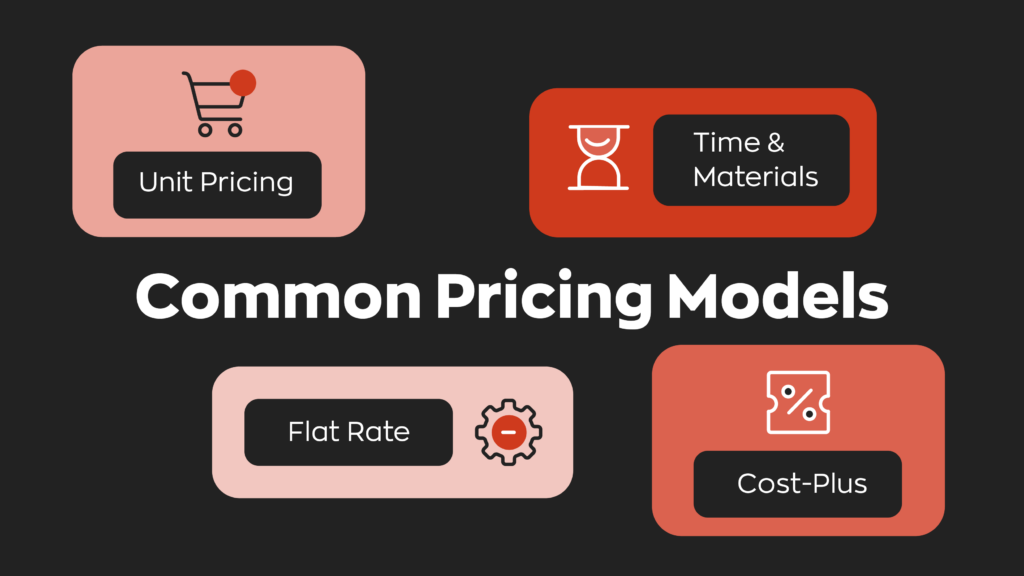
It’s not always that simple, though. Sometimes, hourly contracts will cap the number of hours. This is to help avoid runaway costs and ensure the technician completes their work as quickly as possible while maintaining quality. Returning to the example above, let’s say the contract has an hourly cap of fifteen. As a result, the final payout will be $600 instead of $800, regardless of how many hours the technician put in.
What is flat rate?
While not as well-known, flat rate is arguably simpler than hourly rate. Before either party signs the contract, they agree on a price. That price is both placed in and enforced by the contract between both parties. Once the contract terms are complete, the contractor receives the agreed-upon payment. Simple, right?
Well, it is, but as usual, there’s quite a few stipulations that either party can make. For example, the contractor may stipulate that they receive additional pay if the project exceeds a certain time frame. As for the client, they may add stipulations regarding the amount of materials used. For example, if the materials used pass a certain threshold, the contractor is responsible for the additional costs.
When should you use flat rate?
As a rule of thumb, you should use flat rate when working under clearly defined terms. That means there’s a clear endpoint and expectation for the quality of work. This paints a clear road to completion, allowing you to quote a fair price for both parties.
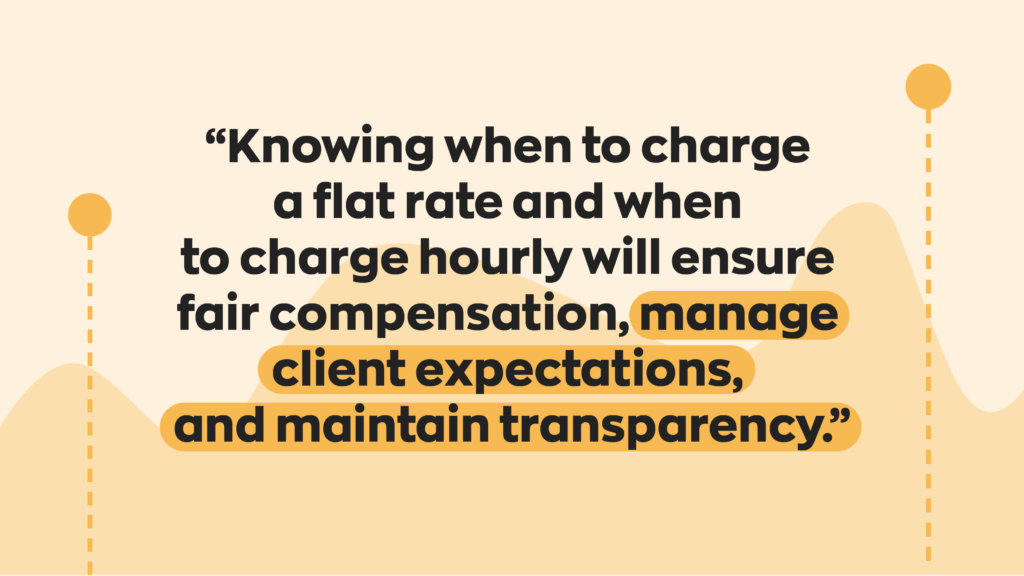
This flat rate model puts more power in your hands but also puts the burden of determining a fair price on you. That means you’ll be on the hook for all the extra labor if something goes wrong because of miscalculations. For this reason, many people prefer to hire people willing to work for flat rate pay; that way, there’s no surprises.
On the other hand, contractors and field service workers may sometimes prefer to be paid by the hour since they’re guaranteed to collect pay for any hours they put in. After all, no two jobs are identical, so it may be challenging to accurately determine the necessary working hours.
There are also many unseen costs contractors and field service workers need to consider when considering flat rate pricing. They must advertise their services regularly, contact potential clients, and negotiate contract terms. That’s no big deal for hourly or salary workers, but it’s essentially work without pay for these professions. Working on a flat rate allows them to bake some of those costs into the contract to offset these prices.
When should you use hourly rate?
While flat rate pay is much more straightforward and often preferred by clients, there are some instances where working on an hourly rate makes more sense. A flat rate may be bad when working on large or complex projects with no clear end goal.
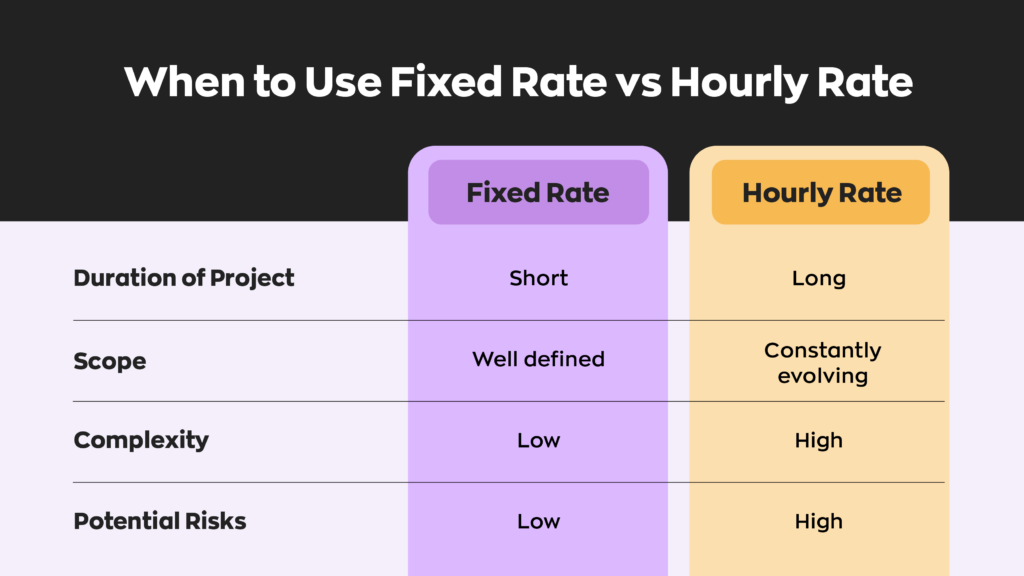
The nature of some particularly volatile industries means clearly defining an end goal is impossible. This also makes it difficult to tell how much time a given project will take. That, in turn, means that calculating a flat rate that’s fair for both parties is extremely difficult. Accepting a flat rate in these instances is often too risky, making hourly rate the more attractive option.
When it comes to construction, larger projects often require a wider range of expertise. This means one person won’t be able to complete the job alone. Electricians, plumbers, and so on must work in unison, making calculating a flat fee even more complex. These different specializations will expect different pay. Additionally, long-term projects like these are naturally subject to greater instability. The longer they go, the greater the chance something will go wrong.
How do you calculate flat rate?
Determining the cost of a flat rate project will differ from contractor to contractor and industry to industry. Still, there are some things that remain constant. Here’s some things you should consider:
- Estimated time spent – Even if you quote a flat rate instead of hourly, you still need to consider how much time you’ll spend. The pay you receive needs to be proportional to the time you’ll spend, or it simply doesn’t make any sense. How do you estimate time spent accurately? The best way is to track your time on all past projects and use those as a marker.
- Opportunity cost – Opportunity cost ties into the above as well. Any time you spend on a project is time you could spend on another project, which could pay even more. If job B pays more than job A, there’s no reason to choose job A.
- Expertise – Many contractors and field service workers come from a trade school background. These tend to be the types of jobs that you learn through doing rather than studying. They also include certifications and tests based on the contractor’s hours in the field. Some jobs need specific certifications, which often require a higher pay rate.
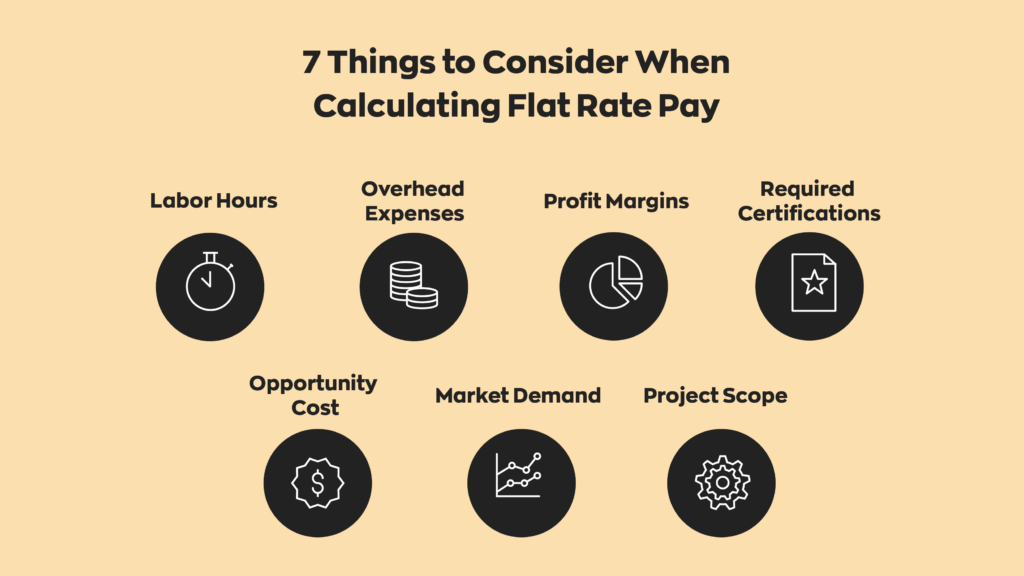
Which pay model should you use?
The answer to this is two-fold. Flat rate pay is an excellent option if you work on small projects, as clients often prefer it. You also won’t incur a penalty if you finish the job quickly, making it the smart choice for small, predictable projects.
An hourly rate is a much safer alternative if you work on large, complex projects. These projects are simply too large to calculate a fair flat rate, so to protect yourself, it’s best to work for an hourly rate.
How inFlow can help
Flat rate pay is a great, straightforward way of billing clients. However, providing accurate and fair contracts can be difficult. You may start to find yourself working loads of extra hours to make up for empty promises. This is why many contractors and field service workers have begun relying on field service management software like inFlow to help speed up their workflows and ensure they complete their projects with time to spare.
Our mobile app allows you to scan barcodes and adjust stock on the go with our built-in barcoding system. We support multiple locations so that you can track inventory on each of your technician’s trucks from anywhere. And since inFlow tracks your materials costs, your existing records will help you create invoices for each job site.
These are just some great features that make inFlow a great addition to your tool belt on your next project.


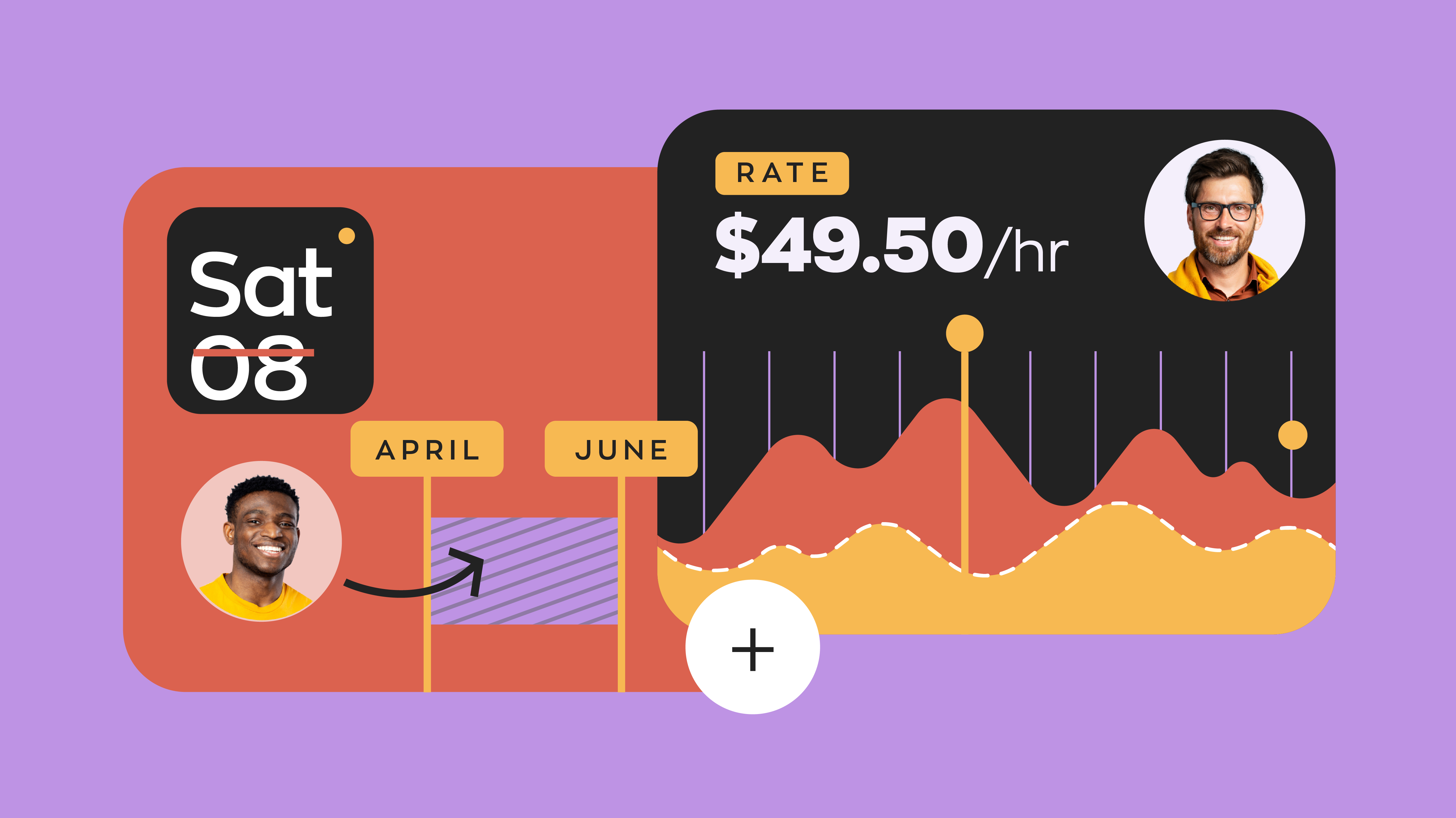



0 Comments